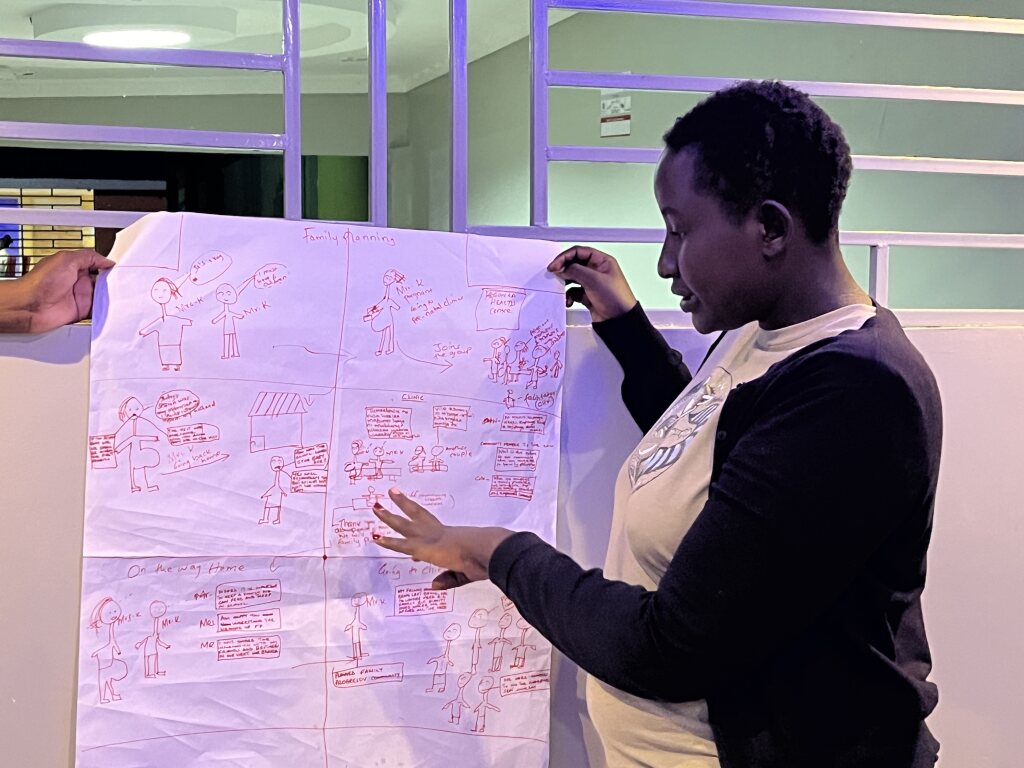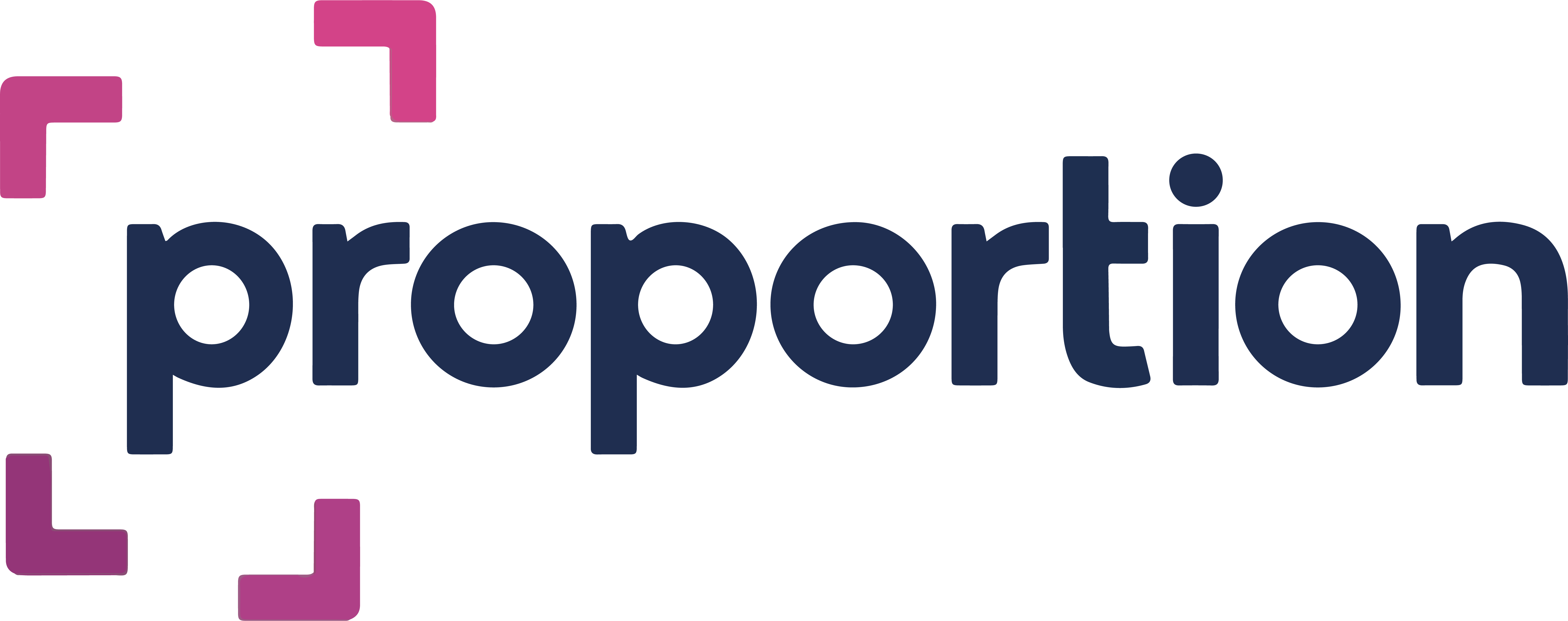
Power To Youth (Kenya Innovation Challenge)
Situation
Amongst numerous cultural practices in Kuria, Female Genital Mutilation (FGM) is the most profoundly celebrated ceremony in Kuria, as a rite of passage preceding marriage. At 84%, the Kuria community has one of the highest FGM prevalence rates in Kenya. The region also has one of the lowest median ages at first marriage with girls and women marrying on average at 17 years. The community is seen to be very patriarchal with the male occupying vast decision making spaces on community and cultural issues, these plays a significant role in perpetuating sexual and gender-based violence (SGBV), harmful practices, and cultural norms that adversely affect women and girls. Some of the areas where male patriarchy manifests includes:
1. Normalization of gender-based violence, including domestic violence and sexual assault, often perpetrated by men against women and girls as a means of asserting power and control.
2. Harmful practices such as female genital mutilation (FGM) and child marriage enforced by male elders and community leaders, who hold positions of authority within patriarchal structures.
3. Patriarchal cultural norms that dictate rigid gender roles and expectations, relegating women and girls to subordinate positions within the household and community.
4. Patriarchal attitudes among law enforcement officials, traditional leaders, and community members result in victim-blaming, downplaying the effects of violence, and pressure to reconcile with perpetrators, rather than holding them accountable for their actions.
Assignment
The problem we are trying to solve in the Kuria community revolves around the persistence of harmful cultural practices, such as Female Genital Mutilation (FGM) and gender-based violence (GBV),and ultimately Sexual Reproductive and Health Rights(SRHR) which disproportionately affect women and girls.In this community , men hold positions of power and are oftentimes decision makes which allows them to dictate cultural norms and decisions that perpetrate these harmful practices against women. Despite various interventions and awareness efforts, these practices persist due to deeply rooted cultural beliefs and lack of male involvement in interventions.. The overarching goal is to eradicate these harmful practices and create a community where women and girls are valued, protected, and empowered to thrive. The design challenge for the male involvement gap was formulated as,
“How might we effectively involve adolescent boys, young men and senior men as catalysts for change, support and safety in the effort to reduce and prevent retrogressive social norms that promote sexual and gender-based violence(SGBV) against women and girls among the Kuria community in Migori County?”.
This formulation highlights the importance of actively involving men and boys as allies and agents of change in addressing entrenched cultural norms and practices that perpetuate harm against women and girls. It emphasizes the need to promote positive masculinity, challenge harmful gender stereotypes, and foster a supportive community environment where men and boys play a proactive role in promoting gender equality and ending violence against women and girls. The client’s assignment involved the consultants delivering intensive in-country workshops across the country team to train staff and youth on innovative thinking and human-centered design methodologies. They needed to submit an application outlining their expertise, provide a tailored training plan, and collaborate with participants to develop a Trainer’s Guide and toolkit. The consultant was also tasked with creating a sustainability plan, providing online monitoring support, delivering the training as per the approved proposal, and writing a detailed report with observations and recommendations. They were available for proposal clarifications and supported the countries in the innovation challenge.
Approach
1. Sensitization Phase: In the Sensitization Phase, participants were introduced to the objectives and methodologies of the PTY program to understand the goals and intended outcomes. Through weekly training and coaching sessions, they became familiar with innovative methodologies like human-centered design, co-creation, and brainstorming, enabling them to apply creative thinking in identifying and addressing challenges in Migori, Siaya, Homa Bay, and Kisumu Counties. This phase established a common understanding and prepared participants for further workshops and training. Following comprehensive exploratory research, Migori was chosen as the primary area of study with men and boys (both unmarried/married youth and older men), adolescent girls and young women (AGYW) along with older women, cultural and religious leaders, community based organizations, policy makers/implementers and local authorities as the Stakeholders.
2. Discover Phase: During the Discover phase, participants conducted comprehensive exploratory research to understand the issues surrounding harmful cultural practices in Kenyan counties. They engaged in exploratory activities, gathered data through interviews, and conducted surveys to uncover community needs. They created user personas from research insights to capture target users’ needs and challenges, as well as ecosystem maps to capture the personas spheres of influence, while interviews and surveys collected firsthand qualitative and quantitative data. Brainstorming sessions generated creative ideas, and journey mapping visualized the experiences of those affected to pinpoint pain points and opportunities. This enabled them to develop a strong foundation for designing innovative solutions in later phases, laying the groundwork for ideation and prototype development, ensuring that their solutions would effectively address the unique cultural contexts of each county.
3. Field Research: In the Field Research phase, the team spent three weeks engaging 40 respondents from various target groups and stakeholders who informed the design challenge. The team split up to cover different groups in the field. After gathering insights, a four-day design sprint was held to synthesize findings, ideate, and prioritize concepts. We used post-its to record findings, flipcharts, sharpies and colored pencils to sketch our solutions. These ideas were translated into prototypes and tested with stakeholders present, then refined based on their feedback. To guide conversations, a discussion guide was used, while data collection relied on individual interviews, key informant interviews, and focus group discussions. The team assigned roles like note-taking, recording, and asking questions to streamline work coverage. All the collected data was uploaded on Mural for ease of access to the team members.
4. Pilot Proposal: In the Pilot Proposal stage, we compiled our work and methodology into a presentation that used storytelling to guide the reader through our process and launch plan. The proposal detailed our personas, outlined the challenge, and shared insights from the field, including behavioral drivers and motivators. We included our prototypes and user journey, along with validation on the prototypes’ effectiveness and relatability. We developed a solution landscape to illustrate how we’d bring together the ecosystem to contribute to, own, and drive change within the community. Our sustainability model aimed to ensure the project’s continuation beyond the PTY program, and we incorporated a risk and mitigation strategy to cover all potential challenges. After presenting the proposal, we became one of the three winning teams awarded additional funding to launch their pilot innovations.
Results
1. Research Findings: A comprehensive understanding was gained about the problem, including root causes, impact, and community-specific context, through thorough interviews, focus groups, and surveys.
2. Ideation Outputs: A wealth of creative ideas and potential solutions generated through brainstorming sessions and design workshops, providing a diverse pool of approaches to consider.
3. Prototypes: Mock-ups of potential solutions developed during the prototyping phase, allowing practical testing and feedback refinement.
4. User Feedback: Valuable insights gathered from stakeholders during testing sessions, helping refine prototypes to meet the needs of the community.
5. User Personas: Detailed profiles of various target user groups, guiding design efforts to ensure solutions effectively meet the community’s needs.
6. Pilot Proposal: A comprehensive presentation detailing the approach, personas, and sustainability model to outline how the pilot will proceed.
7. Monitoring and Evaluation, & Risk Management Framework: A system that tracks progress and measures the project’s impact for accountability and iterative improvement, as well as predicting and mitigation risks during the course of the pilot launch.
Outcomes
1. Behavioral Change: Increased awareness and positive shifts in behavior and attitudes towards harmful cultural practices, contributing to their reduction, particularly regarding FGM and GBV.
2. Youth Empowerment: Strengthened youth leadership, particularly among young women through their village cycles, as they actively participate in addressing harmful practices and amplifying their voices.
3. Sustainable Solutions: Implementation of pilot innovations that contribute to sustainable, long-term community-driven change.
4. Community Engagement: Enhanced collaboration between stakeholders, community members, and the implementing team to co-create effective interventions.
5. Increased Funding: Recognition as one of the winning teams, securing additional funding to further refine and implement pilot innovations. Impact The project has significantly impacted the Kuria community, fostering a culture of dialogue, collaboration, and empowerment. By involving men, boys, and local organizations in efforts to address harmful cultural practices, there is tangible improvement in gender relations and a noticeable reduction in harmful practices like FGM and GBV. The local authorities and existing organizations working in Kuria are standing in their position, rallying this change and exercising the full arm of the law on perpetrators. Key elements that contributed to this impact include culturally sensitive strategies, effective social behavior change messaging, and continued support from local stakeholders. Furthermore, the focus on positive masculinity and gender equality has promoted broader social and cultural shifts, reinforcing long-term sustainable change.
This project was commissioned by Amref Health Africa, and delivered by a consultant of Proportion Global. If you’ve enjoyed reading this case and want to dive deeper, we’d love to hear from you. Contact us to discuss ideas, ask questions, or explore collaboration. Contact Us


Responses